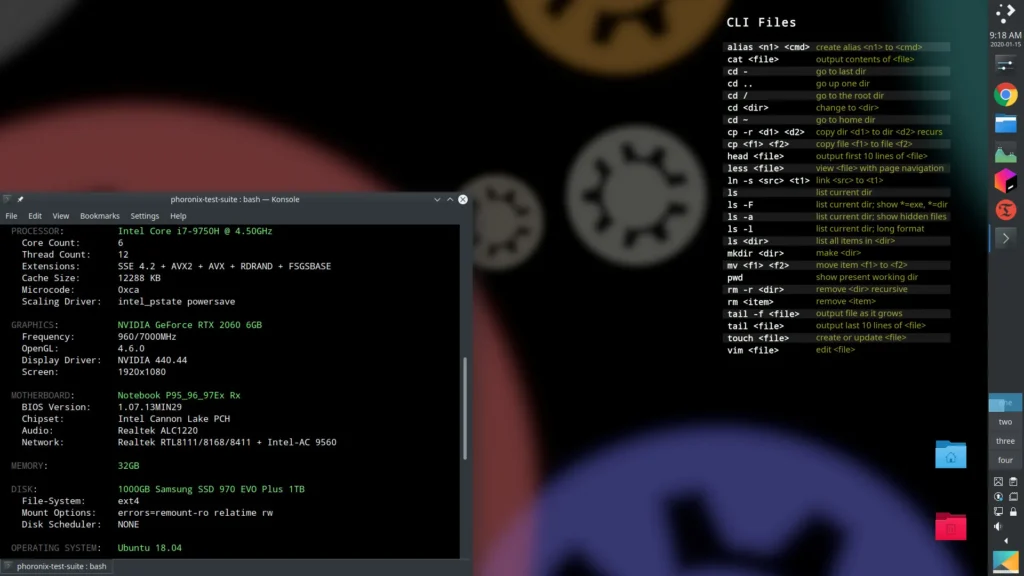Originally published on 29 August 2024.
Australian communities are teetering on the edge of a second methylamphetamine crisis that, if not addressed urgently, will lead to widespread health and safety issues.
To deal with this emerging epidemic, the Albanese government must formally recognise the findings of the latest Australian Criminal Intelligence Commission (ACIC) report on wastewater monitoring, released in July 2024, and demonstrate a commitment to decisive action.
Methylamphetamine, a potent synthetic stimulant, has a profound impact on the central nervous system of the human body. It induces heightened wakefulness, intense euphoria and increased physical activity. It poses serious health risks, including cardiovascular problems, neurotoxicity and addiction. The widespread use of methylamphetamine significantly affects Australian communities through elevated rates of crime, social disruption and an increased burden on healthcare systems.
Australia’s first methylamphetamine epidemic began in the early 2000s, with a marked increase in both the availability and use of crystal methamphetamine, commonly known as ‘ice’. The crisis peaked around 2014 to 2015, when the drug’s purity and consumption rates soared, leading to widespread public health and safety concerns.
During the first epidemic, police drug seizure data, arrest records, health reports and drug user surveys underpinned our knowledge of the scope and scale of the problem. Today, Australia has a much more effective early warning system for illicit drug epidemics: the ACIC National Wastewater Drug Monitoring Program. And this canary in the coal mine is warning us.
The wastewater monitoring program is a comprehensive surveillance initiative that systematically analyses samples to detect and quantify a range of contaminants, including pharmaceuticals and illicit substances. These samples are examined to determine the concentration of drug metabolites, from which estimates of population-scale consumption are derived based on wastewater volume, population size and substance metabolism. The program monitors trends in the use of 12 licit and illicit substances. Wastewater analysis provides essential insights for law enforcement, health agencies and policymakers, enabling them to tailor drug demand reduction and harm mitigation strategies. Continuous wastewater analysis provides the necessary quantitative data to ensure policy responses can adapt to evolving drug market trends and effectively address the impact of drug abuse on communities.
The report indicates a significant rise in methylamphetamine consumption over the past two years, with peak levels observed in regional areas across all states and territories. Western Australia, South Australia and Queensland report notably high levels. Furthermore, the December 2023 results showed the highest average consumption in capital cities since the program’s inception in 2016. Australia now ranks among the highest globally for illicit stimulant use. Its per capita consumption of methylamphetamine is second highest among 30 countries. This highlights the drug’s prominence in the Australian drug market.
This latest report emphasises the pressing need for more effective strategies to deal with the escalating challenge of methylamphetamine use in Australia.
On the supply side, the volume of methylamphetamine entering the country is staggering, with the Australian Federal Police and international partners seizing up to 49 tonnes of illicit drugs in the 2022–23 financial year. Yet, despite these seizures, consumption continues to grow. From August 2023 to April 2024, Australians consumed 17 percent more methamphetamine than in the year before and more than double the amount of cocaine.
The potential profound social and economic impacts of a second methylamphetamine epidemic, including heightened crime rates, health issues and the strain on marginalised communities, highlight the need for a significant policy shift and increased international collaboration.
The Australian approach to addressing illicit drugs is guided by its National Drug Strategy 2017–2026. It’s built on three main pillars. The first is demand reduction, which focuses on decreasing the desire for drug use through prevention and education. The second is supply reduction, which aims to limit availability of drugs by disrupting trafficking and production. The third is harm minimisation, which seeks to reduce the adverse health and social impacts of drug use on individuals and communities.
The Commonwealth Law Enforcement International Engagement Methylamphetamine Disruption Strategy complements this by focusing on four key areas:
—Understanding the global drug landscape;
—Enhancing law enforcement and border security cooperation;
—Developing targeted capacity-building initiatives; and
—Boosting advocacy and political engagement.
Despite all this good work, based on best practices, there is now clear data that we are on the verge of a second methylamphetamine epidemic and that our current approaches have not been effective at preventing this.
While health and law enforcement agencies are dedicated to implementing the National Drug Strategy, they often lack the capacity and capability to respond to emerging trends effectively. It’s time for these agencies to come together and think outside the box. We need a new, potentially more innovative strategy to tackle the growing challenge of methylamphetamine.
Before taking any policy action, it’s crucial for the government to acknowledge the existence of a problem, as this provides the foundational understanding required to develop a targeted and effective response. The Albanese government must formally recognise the implications of the latest Wastewater Monitoring Report and commit to taking action.

